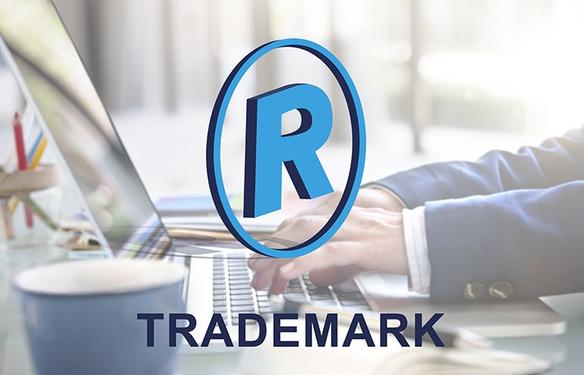
What is a trademark?
A trademark, commonly known as a brand name, is any mark which a person adopts to distinguish his goods or services from those of others. It is, in essence the face of a business, which helps the consumers to identify and recognize a particular brand. It can be a word, symbol, logo, tag line, phrase, letter, numeral, sound, color, or any combination thereof, which distinguishes the goods/services of one person from those of others. Thus the object of a trademark is to provide brand recognition and protection.
Types of trademarks
Trademarks are broadly classified into word arks and device marks.
Word Mark: As the name suggests, a word mark is simply a word or words, without any elements added to it. Registration of a word mark provides the widest protection as it grants the registrant the right to use the word in any format. By registering a word mark, one can prevent third parties from using the word in any manner whatsoever.
Device Mark: A device mark is one which has some unique, additional representation. It could be a design, a particular font used, or the stylized depiction of a word, or combination of words and design etc.
Classification of goods and services
India follows the Nice classification of Trademarks (NCL), which is an international classification of goods and services applied for the registration of marks. This classification, classifies all goods and services into 45 broad classes. A person who wishes to register his trademark has to first ascertain the appropriate class depending on the goods /services which he wishes to cover under the trademark.
Prior Search:
Though a prior search for a pre-existing similar trademark is not mandatory, it is always advisable to carry out such a search, as it gives us a clear picture of the pre-existing marks which may pose a threat to registration of the mark. Also, conducting a thorough prior search and maintaining the search results helps in establishing the bona fides and good faith in opposition or infringement proceedings which the mark may face in future.
Who can apply for registration?
Any person, who claims to be the proprietor of a trade mark, may apply for its registration. Interestingly, the mark need not be already put to use by the proprietor, as the Law also permits registration of marks which are proposed to be used in future by the proprietor. However, proprietor has to commence usage of the mark within the time prescribed.
Process of registration:
The process of registering a trade mark involves the following stages:
- Filing the application: The first stage is to apply for registration at the appropriate Trademark Registry. Once the application gets filed, it is allotted a unique Trade mark number, which may be used to trace the status of the application. The Trademark Act also permits to file a single application for multiple classes.
Documents Required: The following documents are required to apply for registration.
- An original ,unique trademark which is distinctive and not generic or prohibited.
- A power of Attorney authorizing the power agent to act on behalf of the applicant.
- If the applicant is claiming prior use of the trademark in India, a user affidavit along with documents establishing such prior use.
- If the applicant is a micro /small enterprise or a start-up, registrations to that effect have to be submitted to avail the benefits of discounted fee.
- Formalities Check: In the second stage the Registry scrutinizes the application to ensure compliance with the basic formalities. In case of any shortcoming or discrepancy in the application, it shall not be processed further, unless the discrepancy is rectified by the applicant.
- Examination: In the third stage, the trade mark is examined to ensure that it fulfills all the requirements of a valid trademark. If the Registry is of the opinion that the Trademark does not qualify for registration, an official examination report is issued, citing the various grounds on which the mark shall be refused registration. The applicant is then given an opportunity to submit his response to the objections raised along with supporting documents if any. The Registry may even allot the matter for oral hearings. If the Registrar is not satisfied by the applicant’s response or in cases where the applicant fails to submit the response within the prescribed time, the mark gets refused.
- Publication: Once the objection in the examination report is waived, the mark gets accepted by the Registry. Such acceptance is communicated to the public by publishing the mark in the Trademarks journal and the public is given an opportunity to raise any opposition to registration of the mark within the prescribed time limit. If no opposition is recorded, the mark gets registered. In cases where opposition is raised, the applicant then files his counter to the opposition. The applicant and the opponent is given opportunity to put forth their evidences and arguments, after which the matter gets decided either in favor of or against the applicant.
- Registration: Registration of a trademark shall be valid for ten years effective from the date on which the application is filed. The registration can be renewed for additional periods of ten years on payment of the prescribed renewal fee.
Rights conferred by Registration:
The registration of a trademark grants the registrant the exclusive right to use the trademark in relation to the goods or services for which it is registered and the right to claim protection against infringement thereof.
0 Comments Leave a comment